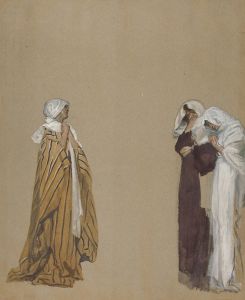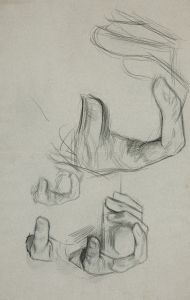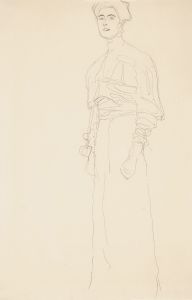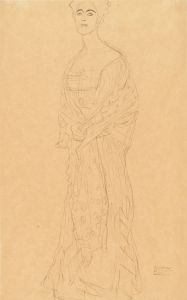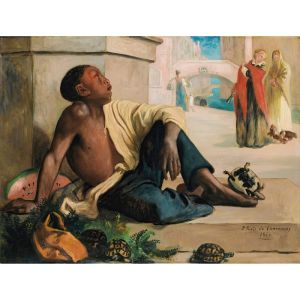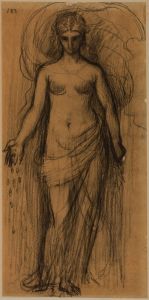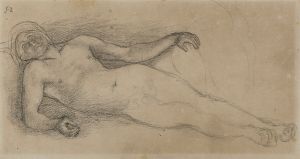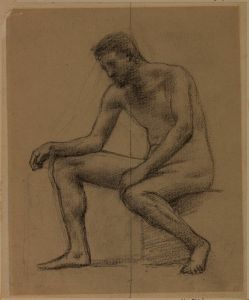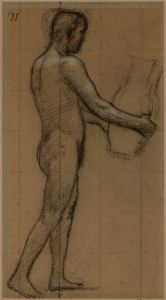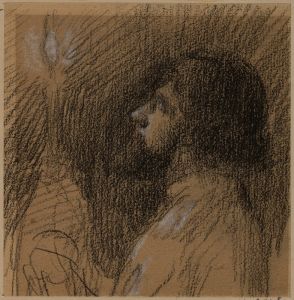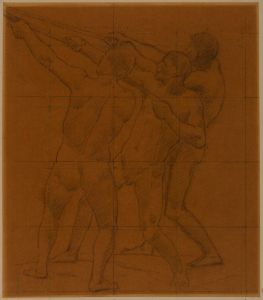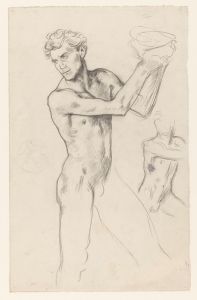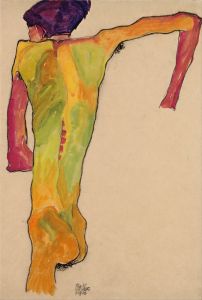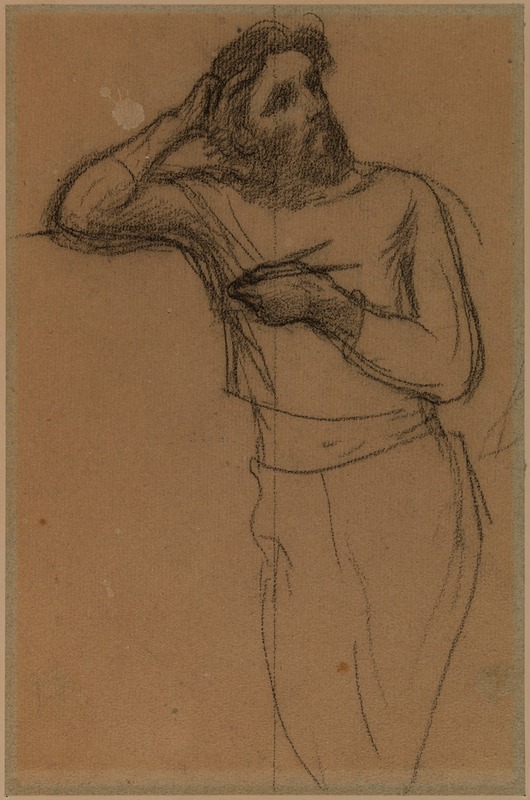
Homme vêtu de face, vu jusqu’aux genoux
A hand-painted replica of Pierre Puvis de Chavannes’s masterpiece Homme vêtu de face, vu jusqu’aux genoux, meticulously crafted by professional artists to capture the true essence of the original. Each piece is created with museum-quality canvas and rare mineral pigments, carefully painted by experienced artists with delicate brushstrokes and rich, layered colors to perfectly recreate the texture of the original artwork. Unlike machine-printed reproductions, this hand-painted version brings the painting to life, infused with the artist’s emotions and skill in every stroke. Whether for personal collection or home decoration, it instantly elevates the artistic atmosphere of any space.
Pierre Puvis de Chavannes was a notable French painter of the 19th century, renowned for his mural paintings and contributions to Symbolism. His work, "Homme vêtu de face, vu jusqu’aux genoux," is one of the many pieces that reflect his unique style and artistic vision. However, detailed information about this specific painting is limited.
Puvis de Chavannes was born on December 14, 1824, in Lyon, France. He initially pursued a career in engineering but turned to painting after a serious illness. He studied under several artists, including Eugène Delacroix and Thomas Couture, although he developed a distinctive style that set him apart from his contemporaries. His work is characterized by its simplicity, muted color palette, and classical themes, often drawing inspiration from ancient Greek and Roman art.
Puvis de Chavannes is best known for his large-scale mural paintings, which can be found in various public buildings across France. These murals often depict allegorical themes and are noted for their serene and harmonious compositions. Some of his most famous works include the murals at the Panthéon in Paris, the Musée de Picardie in Amiens, and the Hôtel de Ville in Paris.
While "Homme vêtu de face, vu jusqu’aux genoux" is not as widely recognized as some of his larger works, it likely embodies the same stylistic elements that define Puvis de Chavannes' oeuvre. His paintings often feature figures in contemplative poses, set against idealized landscapes or architectural backgrounds. The title of the painting suggests a depiction of a clothed man seen from the front, up to the knees, which aligns with Puvis de Chavannes' interest in the human form and classical representation.
Puvis de Chavannes' influence extended beyond his own time, impacting the development of modern art. His approach to composition and form influenced artists such as Georges Seurat and the Symbolist movement. His work was appreciated for its timeless quality and ability to convey profound themes with simplicity and elegance.
Despite the lack of specific information on "Homme vêtu de face, vu jusqu’aux genoux," Puvis de Chavannes' legacy as a pioneering artist in the transition from traditional to modern art remains significant. His dedication to creating art that transcended the ordinary and spoke to universal human experiences continues to be celebrated in art history.
In summary, while detailed information about "Homme vêtu de face, vu jusqu’aux genoux" is scarce, Pierre Puvis de Chavannes' contribution to art through his unique style and thematic focus is well-documented. His work continues to be studied and admired for its impact on the trajectory of Western art.





